Tom's Guide Verdict
The Roku Streaming Stick is a moderately priced, no-nonsense gadget with lots of stuff to watch and a significantly improved remote.
Pros
- +
Great app variety
- +
Customizable interface
- +
Broad search features
- +
Handy remote
Cons
- -
Some input lag
- -
Home screen needs folders
Why you can trust Tom's Guide
Having reviewed Roku products for the last three or four years, I'm running out of things to say about them. They offer the largest variety of content on the market; they usually don't cost very much and they're easier to navigate than almost any other streaming system. The search and OS get useful, incremental updates every few months. Unless you specifically need something from Google, Amazon or Apple, a Roku gadget is usually where you should begin and end your streaming search.
The Roku Streaming Stick (2017) exemplifies this philosophy. The $50 dongle is almost identical to last year's model, but that's not necessarily a bad thing. Like its 2016 counterpart, the Roku Streaming Stick is a moderately priced, no-nonsense gadget with lots of stuff to watch, a significantly improved remote and very little standing between you and your content. There's no reason to get one if you have already own a comparable device, but if you need to add streaming capability to a full-HD TV, the Streaming Stick is a great choice.
Design
The Streaming Stick, like its predecessor, is a plain black stick with the Roku logo on it. Aside from a reset button and a micro USB power port, there's nothing else to discuss. You simply plug it into an HDMI port, find a power source, and you're done. If your TV has a USB port, great; if not, the cord is fairly long, and it comes with a wall adapter.
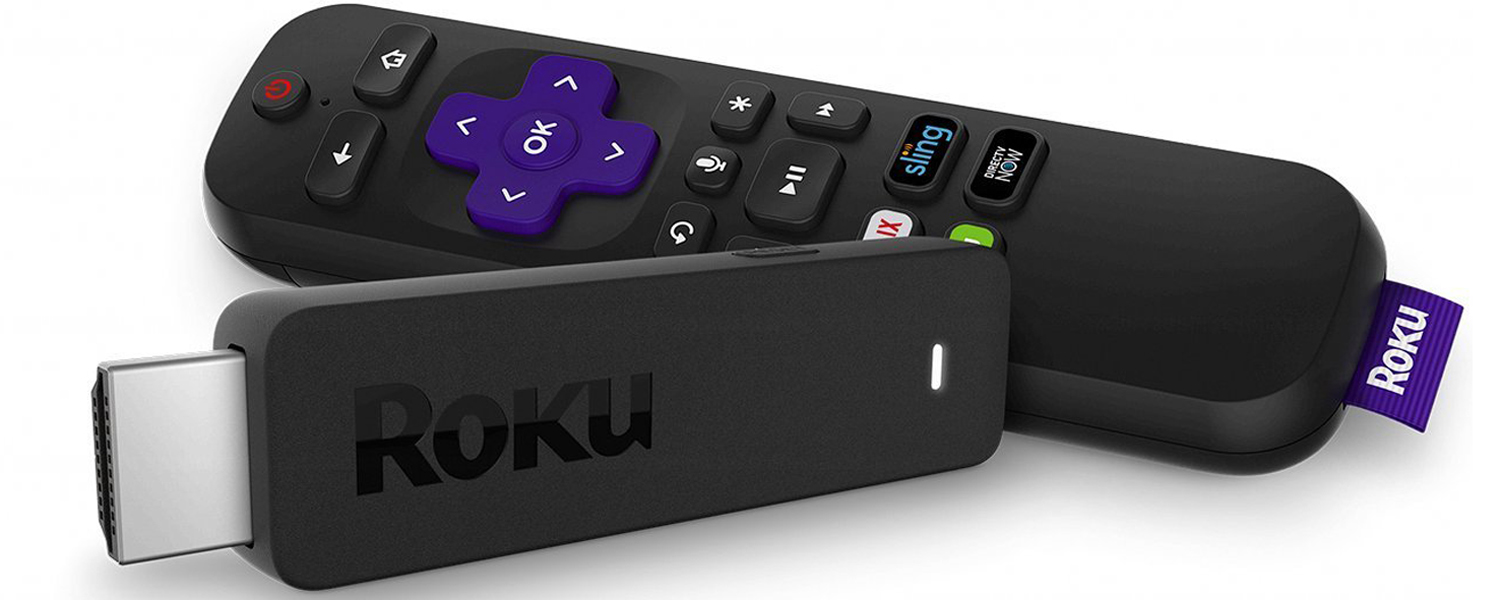
Last year, I pointed out that the stick didn't come with a flexible HDMI adapter, which could still be a problem for some users. However, Roku still offers free adapters through its website for customers in need, which seems like a fair midpoint between shipping a part most users won't need, and leaving users with tight connections out in the cold.
Interface
If you've used a Roku device sometime in the past half-decade, you'll know how to use the Roku Streaming Stick before you ever open the box. After plugging it in and going through a rudimentary setup on your computer or smartphone, you simply decide which channels you'd like to watch, and go from there. The whole process, from taking the gizmo out of the box to streaming The Defenders (or whatever it is you want to watch) should take about 10 minutes. It's totally feasible to go from startup to content within 30 seconds on every subsequent bootup. (Although if your device is plugged into the wall, it won't need to boot up every time; it will just go into a low-powered sleep mode.)
The home screen is a thing of beauty.
Navigating the Streaming Stick's few menus is also easy. The home screen lets you access all your channels, which is where you'll spend most of your time. Scroll down, and you'll see My Feed (where you keep track of availability on new titles), the FandangoNOW movie and TV shops (Roku's proprietary content shop), some news highlights from AOL and the settings menu. You won't spend much time with these, and can, in fact, hide many of them altogether.
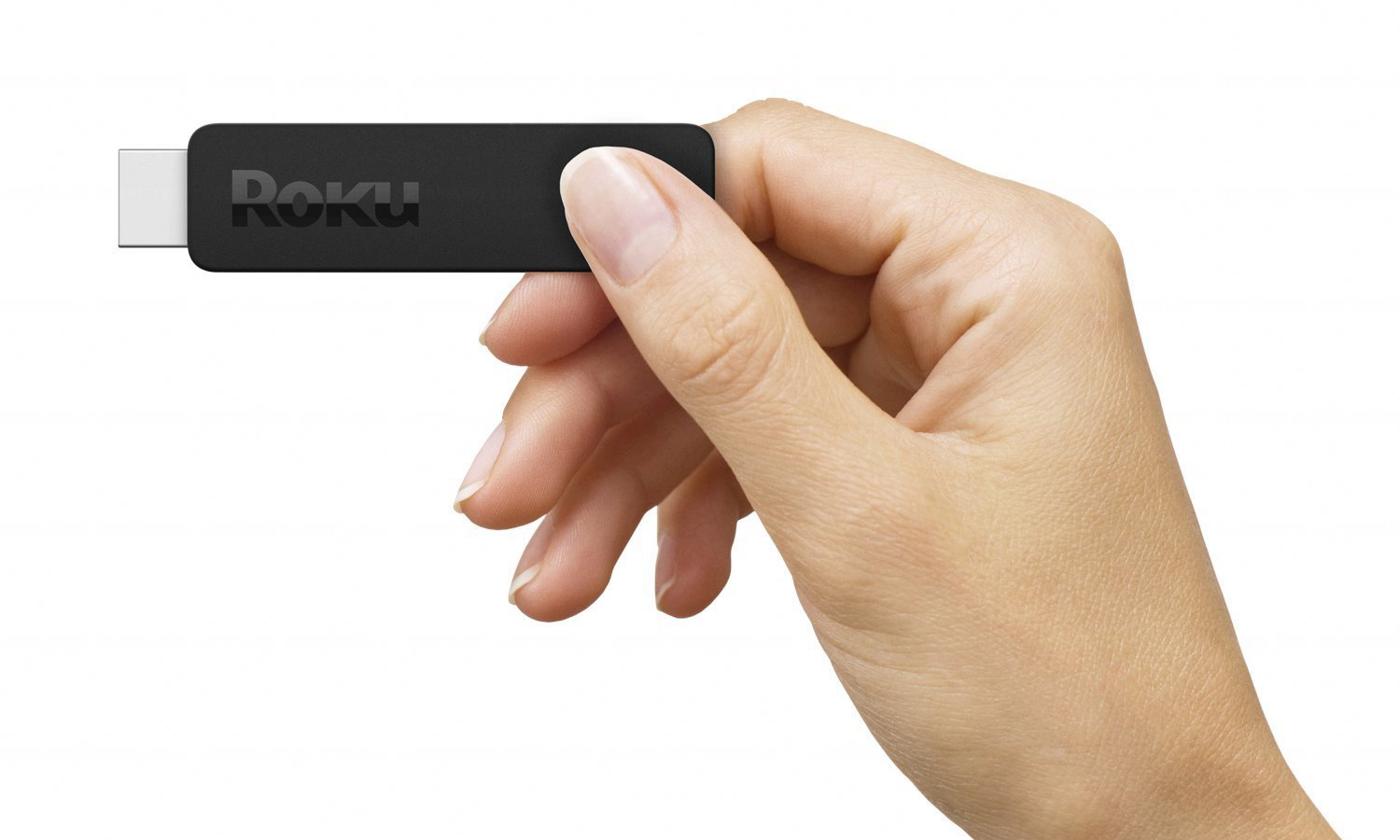
The home screen is a thing of beauty, with rows and rows of your channels, displayed in big bright boxes. You can organize them any way you see fit, and delete any you don't want. There's still no way to organize them into folders, but that's my only complaint about the system. Compared to the Amazon Fire TV, which shoves Amazon content into your face or Android TV, which doesn't let you organize anything yourself, it's still one of the best interfaces out there.
Remote
The only significant change from the 2016 Roku Streaming Stick to the 2017 model is in the remote control. Like its forbearer, the Streaming Stick 2017 remote is thin and sleek with a fingerprint-resistant matte finish. Button-wise, it has a D-pad, confirm, home, back, quick rewind, options, rewind, play/pause, fast-forward and four buttons that launch specific channels.
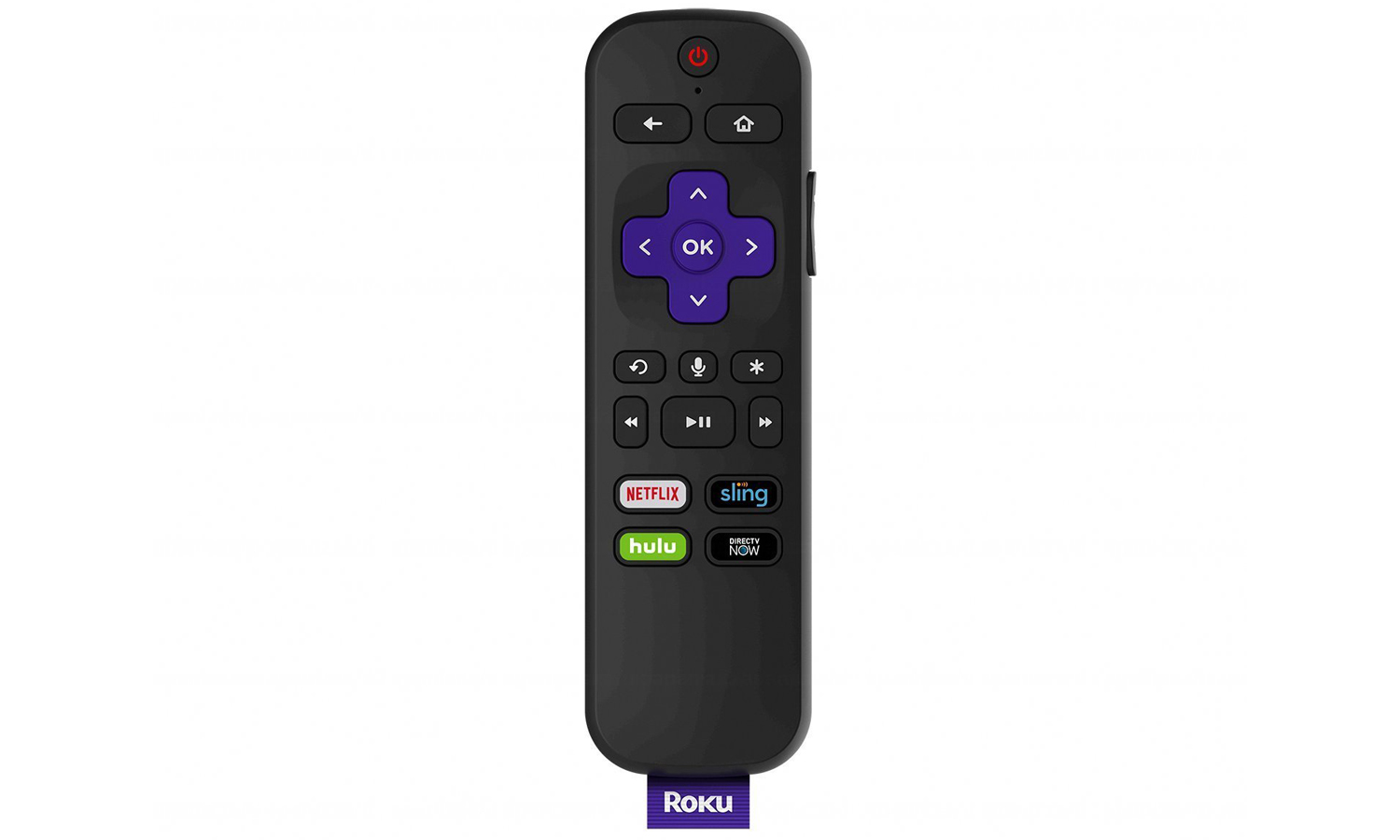
(The specific channels in this case are Netflix, Hulu, Sling TV and DirecTV Now. DirecTV Now is not very good, which makes it an odd choice. Aside from that, I've never been a fan of dedicated channel buttons, since they're only useful for a certain subset of users. Roku should have ditched this feature years ago, but it's relatively inoffensive as is.)
What makes the new remote much better than its predecessor is the addition of three new buttons: a power button and a volume rocker. These buttons sync automatically with your TV, meaning that you can control your whole streaming experience with a single remote. At first, I thought these were just a nice extra — until I started hitting the volume buttons on an older Roku at my girlfriend's house, wondering why the TV wasn't getting any louder. Having everything in one place, as it turns out, is even more convenient than it sounds.
The only major drawback is that the remote control doesn't have an audio jack for private listening. You can mimic this functionality with a free Roku smartphone app, but it's a useful feature, and it's a shame that only the Roku Ultra gets it at present.
Content and Apps
When it comes to sheer selection, Roku pretty much has the market cornered. For movies and TV, you've got Netflix, Hulu, Amazon Video, Google Play, Vudu, YouTube and more. There's even the novel new Roku Channel, which gives you a rotating selection of actually-pretty-good free movies (Robocop, Legally Blonde, Barbershop, Drunken Master, others) and a fairly dismal selection of free TV.
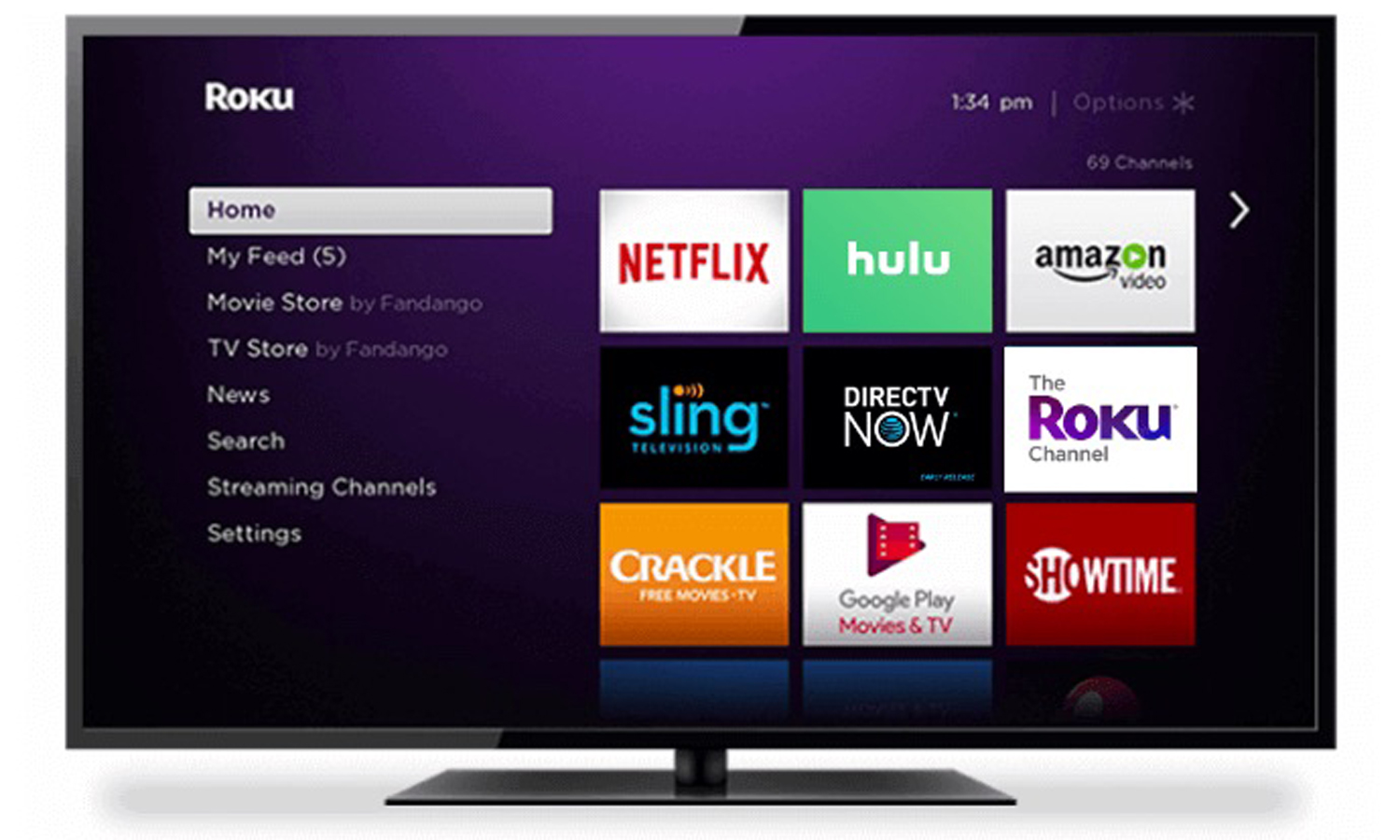
Cable replacements Sling TV, PlayStation Vue, DirecTV Now and Hulu with Live TV are all present and accounted for. Music fans can enjoy Amazon Music, Pandora, Spotify and Vevo. You can access your personal content through Plex, PlayOn or Roku's built-in media player.
Aside from iTunes, which you can get only on the Apple TV, Roku has pretty much everything — except games. The Roku version of Tetris is perfectly passable; everything else is a cut-rate clone of a better Android or iOS game, with nary an original or worthwhile title to be found anywhere. New games barely ever come out, and when they do, they're low-grade shovelware. This is a pet peeve of mine, and I will continue harping on Roku's abysmal game selection until it either gets better titles or drops the vestigial section entirely.
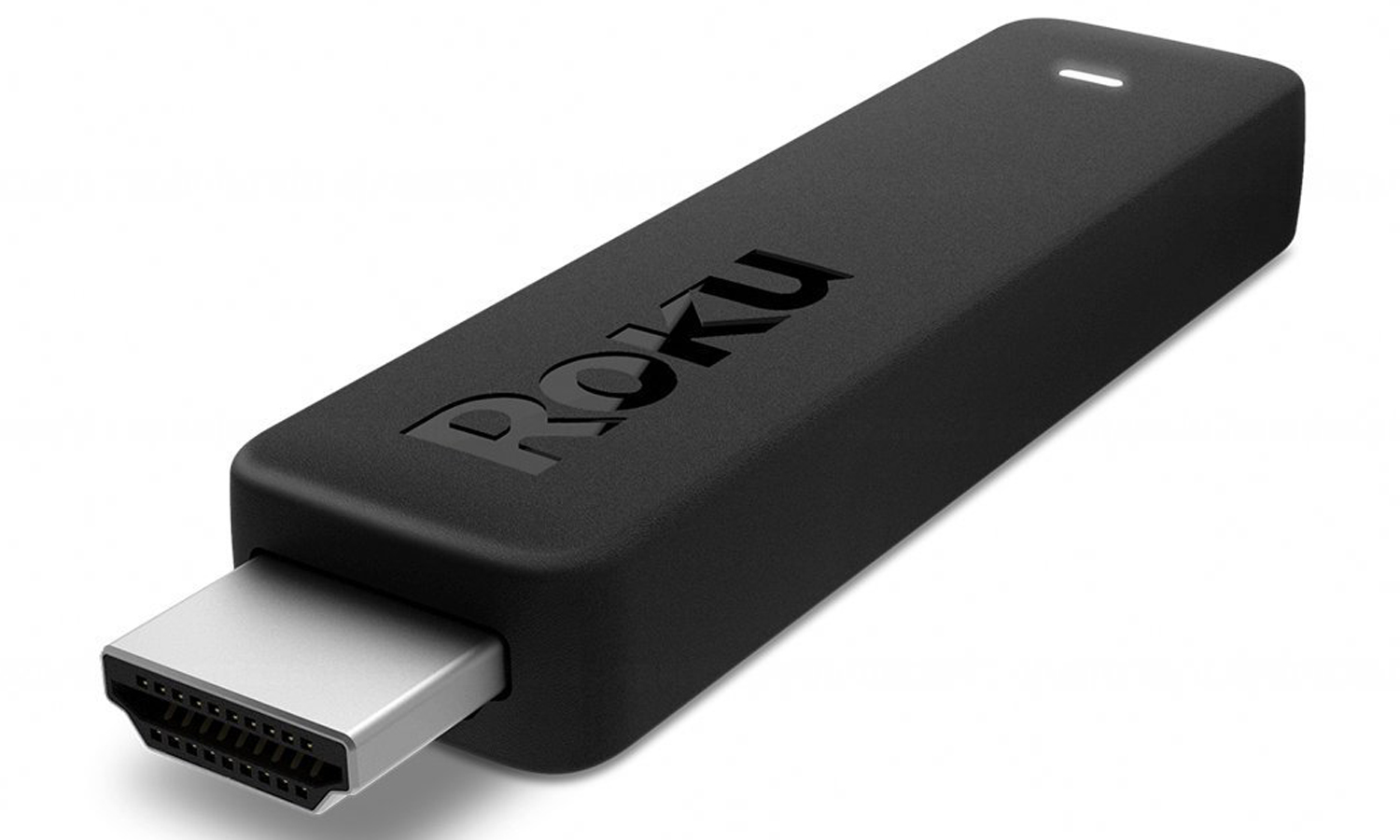
Roku's search, which supports both voice and text inputs, can trawl hundreds of services to find what you want to watch, and even compare prices among various providers. It's not as sensitive as the Siri search in the Apple TV, but it searches way more channels than any of its competitors.
Performance
The only major downside of the Roku Streaming Stick is that it caps out at 1080p — although that's not really a problem, since the Roku Streaming Stick+ provides a 4K HDR experience in a similar form. Beyond that, there's a tiny bit of lag when navigating through the menus, but nothing that would put a dent in any streamer's enjoyment. Videos buffered to full HD within about 15 seconds on a home Wi-Fi network, regardless of platform.
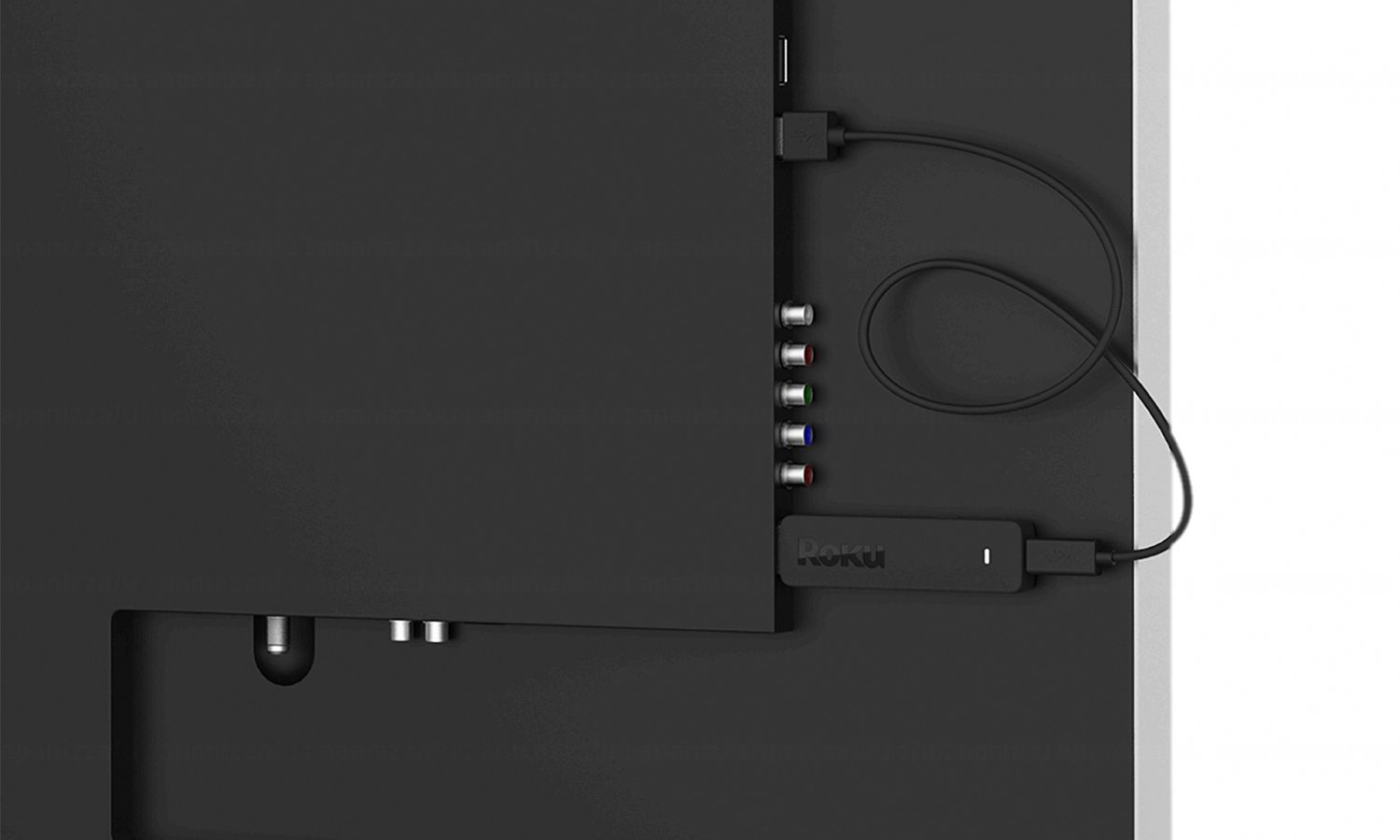
In other words: It's not as powerful as the Roku Ultra, but for half the price, I don't think anyone was expecting it to be. You're not going to impress anyone with how fast you can scroll through the menus, but what do you want a streaming player for, anyway: navigating menus or watching stuff?
Bottom Line
If it seems like there's not much to say about the Roku Streaming Stick, that's because it's almost the same as what we got last year, for both good and ill — mostly good. The device is a highly competent, extremely small media streamer with a no-nonsense interface and a variety of content you'll actually want to watch. An improved remote control makes it an easier sell than before.
If you want to save $20, you can get the Chromecast or the Roku Express. However, the Chromecast requires you to use your phone to cast content and the Express is slower at navigating menus and bulkier than the Roku Stick. They're both worth considering, but neither is as good as the Roku Stick.)
Aside from that, the Roku Streaming Stick is about as solid as these devices come. If you want the simplest, most robust full-HD streaming stick on the market, this is it.
Credit: Roku
Marshall Honorof is a senior editor for Tom's Guide, overseeing the site's coverage of gaming hardware and software. He comes from a science writing background, having studied paleomammalogy, biological anthropology, and the history of science and technology. After hours, you can find him practicing taekwondo or doing deep dives on classic sci-fi.

